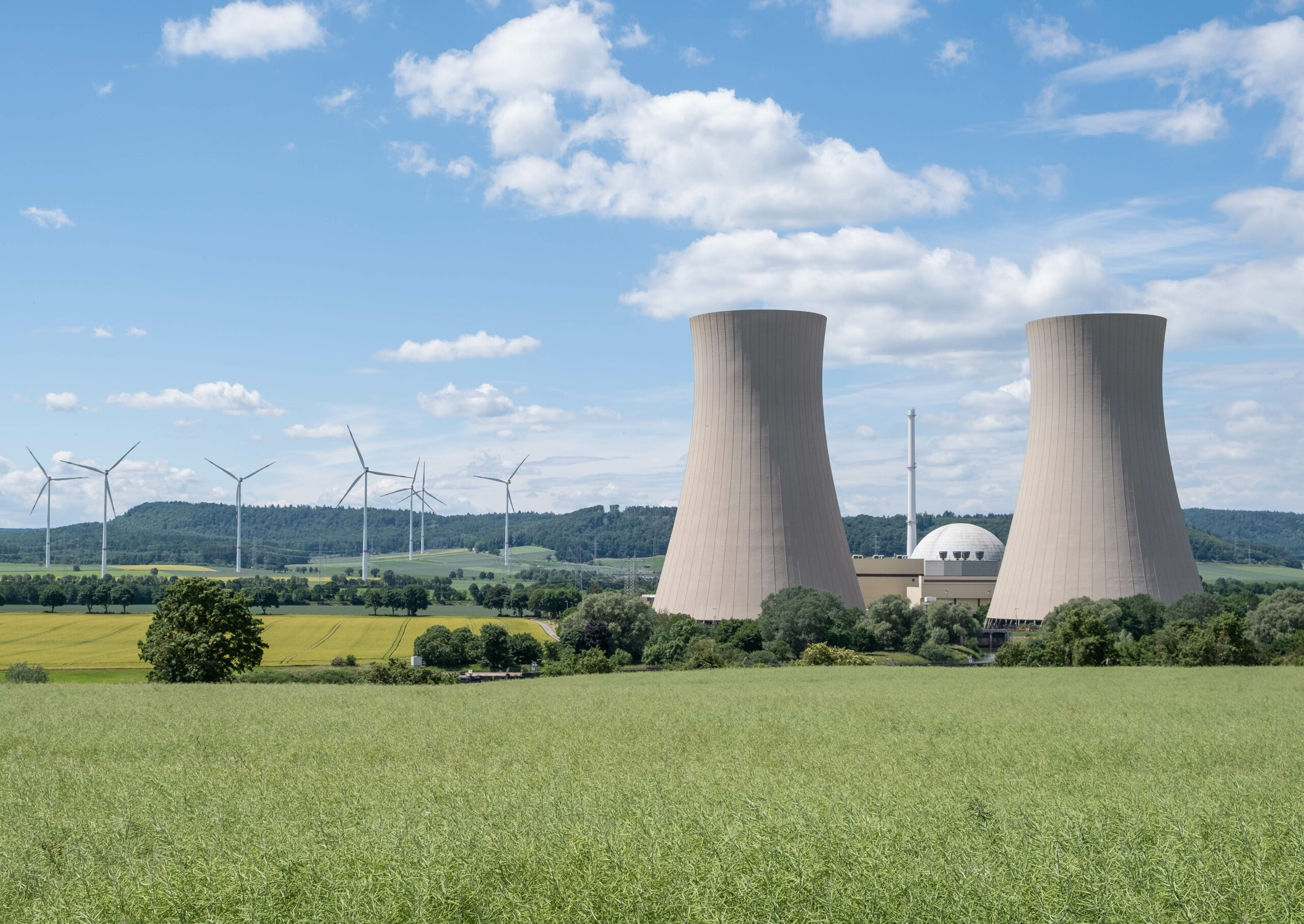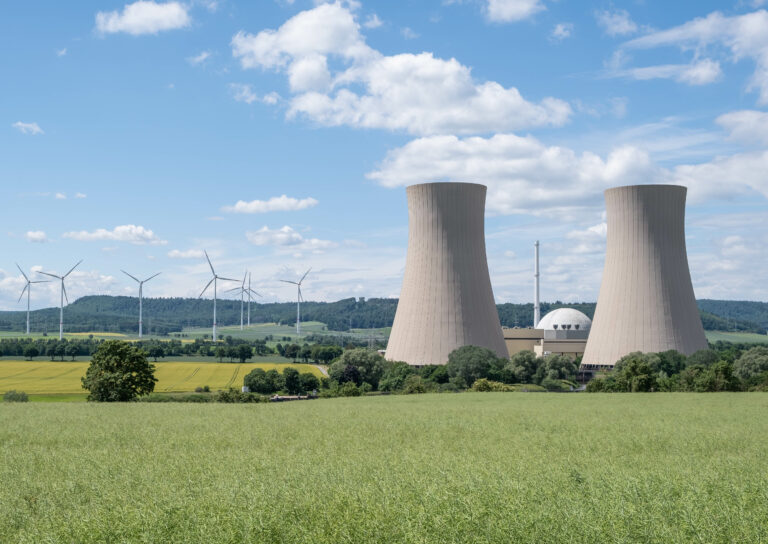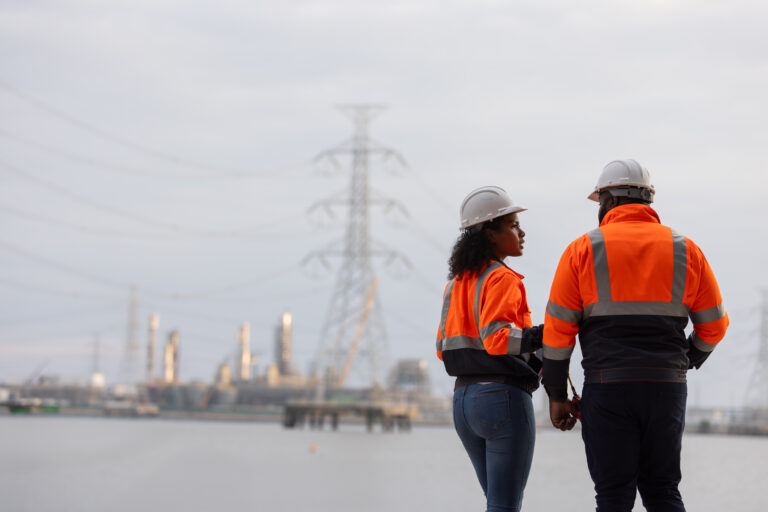Typically, only around half of your energy bill relates to the actual wholesale cost of energy. A growing portion of bills is made up of non-energy costs, also known as non-commodity costs.
They include network costs, environmental and social costs, supplier operating costs and your supplier’s pre-tax margin. They also include third-party costs; these are costs that are charged to your supplier by the organisations responsible for the cables and pipes that get your energy to your building.
What’s happening?
The UK’s commitment to ambitious net zero targets requires significant reform in the energy sector, which means that costs are being passed on to consumers.
Two key drivers of rising costs are the Nuclear Regulated Asset Base (RAB) scheme and increases in TNUoS and DUoS charges, both of which are set to place additional pressure on end users.
The Nuclear RAB Scheme
The government has introduced the Nuclear Regulated Asset Base (RAB) scheme to support new nuclear projects, starting with Sizewell C in Suffolk. Instead of developers shouldering all the upfront risk, Ofgem will allow them to recover some costs directly from consumers’ bills.
This means a new levy will appear on bills, covering both the decade-long construction period and the decades of operation that follow.
It has recently been confirmed that this additional charge will be applicable from 1 November 2025, with this split into two elements; the Nuclear RAB Supplier Obligation Levy and Nuclear RAB Operational Levy. In Q4 of 2025 this equates to an additional charge of circa £3.455/ MWh or 0.3455 p/kWh. This rate will subsequently be updated quarterly and passed through accordingly by the energy suppliers.
Both the Nuclear RAB Operational Levy and the Nuclear RAB Supplier Obligation Levy will be consumption-based charges. These charges are mandatory and are as a result of UK wide regulatory changes for all electricity consumers and therefore all suppliers will be required to pass these costs onto customers as this is a mechanism to help fund the UK’s energy infrastructure.
In the long term, the scheme is designed to attract private investment and support the UK’s net zero targets. In the short term, it adds another cost pressure.
Understanding TNUoS and DUoS Charges
The second driver is the rising cost of using the UK’s transmission and distribution networks – the high-voltage grid and the local systems that deliver electricity. These charges cover standing fees, location-based costs, peak-time demand charges and fees for generators.
Transmission Network Use of System (TNUoS) covers the high-voltage transmission grid, while Distribution Use of System (DUoS) covers the lower-voltage local networks that deliver power to homes and businesses.
These charges are essential for maintaining a reliable and resilient system, but they are increasingly complex and costly. They include:
Recent reforms aim to simplify the system by moving towards more fixed rates, making it fairer and encouraging investment in renewables. For most users, though, this will still mean higher costs, unless you can review if your capacity levels warrant dropping to a lower priced band.
Latest NESO forecasts
The National Energy System Operator expects a sharp increase in charges from April 2026 to March 2027, with an additional £1.01 billion to be recovered from customers. Final figures will be confirmed by the end of January 2026.
A revision of these projected costs, as of September 2025, has suggested that these costs for the first year’s recovery period, (1 April 2026 – 31 March 2027), are circa 40% higher than the initial forecasts provided by NESO earlier in 2025.
As a result all energy suppliers have adjusted their forecasts and costs accordingly so this is something you may have noticed if obtaining prices before and subsequently after these re-forecasts with standing charge costs and supply capacity charges impacted most by these revised forecasts.
What this means for you
Non-energy charges now make up an increasing share of electricity bills. These costs – which fund grid maintenance, network upgrades and investment in low-carbon power – are unavoidable. But how you manage your energy contract can make a big difference to how they impact your bottom line.
How can you mitigate the increases?
With both the Nuclear RAB scheme and network charge reforms set to drive up bills, preparation is key. Consider these steps:
- Review your contracts early: Securing a fixed-price renewal may protect you from higher rates.
- Look at pass-through options: Allowing certain charges to pass through directly can sometimes reduce supplier premiums.
- Plan ahead: Build the likelihood of rising non-energy costs into long-term budgets.
- Review your capacity: If you are not using all your capacity, you might want to consider dropping to a lower charging band. But beware of any future decarbonisation work you may undertake which may require more electricity.
At Zenergi, we can help you review whether your capacity meets the needs of your organisation. It may also be time to review your contracts. We can fix the non-commodity elements of your bill and guide you through contract choices, so you’re not caught out by unexpected increases. Get in touch to explore your options.

















